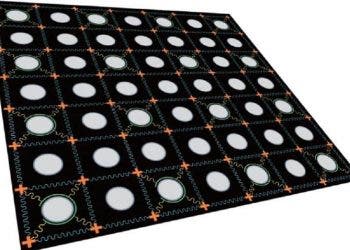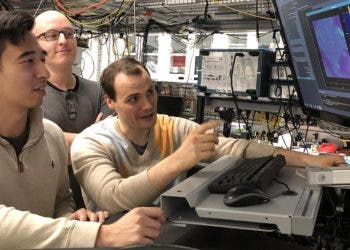Researchers from the Oxford University have outdone themselves, successfully generating 10 billion bits of quantum entanglement in silicon for the first time, which represents a significant step towards an ultrafast quantum computer, because entanglement is the key element that should make quantum computers way more powerful than “traditional” computers.
In order to achieve this, the Oxford scientists used low temperatures and high magnetic fields between the electron and the nucleus of an atom of phosphorus which was embedded in a purified silicone crystal. The electron and the nucleus act similar to a tiny magnet, or “spin“, each of which can store and transmit information. If controlled, these spins can interact with each other and be coaxed into an entanglement state, a state that can in no way be mimicked by a conventional computer.
‘The key to generating entanglement was to first align all the spins by using high magnetic fields and low temperatures,’ said Stephanie Simmons of Oxford University’s Department of Materials, first author of the report. ‘Once this has been achieved, the spins can be made to interact with each other using carefully timed microwave and radiofrequency pulses in order to create the entanglement, and then prove that it has been made.’
The importance of the work cannot be underlined enough, as it’s this kind of studies that will lead to tomorrow’s computers, but creating true entanglement involves crossing the border between day to day reality and the strange uncertainties that take place in the quantum world.
Dr Morton said: ‘At high temperatures there is simply a 50/50 mixture of spins pointing in different directions but, under the right conditions, all the spins can be made to point in two opposing directions at the same time. Achieving this was critical to the generation of spin entanglement.’
Try to wrap your mind around that.







